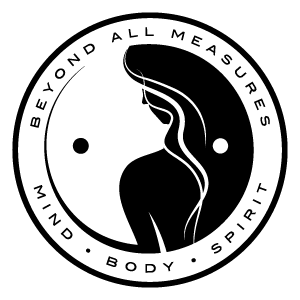So.. What exactly is Fascia?
Fascia is a network of connective tissue, without beginning or end

Figuratively speaking, every part of the body is enclosed in thin bags, known as connective tissue. These bags are in turn linked to each other in an extensive network, serving as the body’s backbone and keeping all parts in place.
The fascia has a vital importance for the slightest muscle movement, but also works when we remain still, as the immune system uses the network to keep us healthy. Additionally the fascia works to reduce pain during an accident. If you, for example, hurt your foot the body compensates by means of the fascia so that a portion of the blast is concentrated to the knee, thigh and sometimes the hip and lumbar spine. The compensation and the realization that everything is linked together becomes particularly interesting when you look at what happens during lock-ups and inflammation in the fascia.
Think of fascia as the most sensitive, highly interconnected system in the entire body — it’s the life force next to blood. Without fascia, toned and structured muscle would turn to hamburger meat, organs would spread like wildfire and bones would crumble, as fascia is the single element that organizes and suspends these parts of the body. It’s the most highly innervated tissue, sensitive to every hormone in your system, recoiling with every bump and bruise sustained.
Our understanding of fascia in modern science will revolutionize how we exercise, how surgeons operate, how athletes train and how we address pain management. Fascia is the frontier of body knowledge, and the better you understand what it is and how it works, the more in tune with your body you’ll be. Here’s what you should know about
But.. Why is it so important?
Emotional implications of working with the fascia

Most all musculoskeletal pain is a combination of muscle or fascia pain, the percentage or degree depending on each individual.
The fascia is the three dimensional structure of this corporal memory and has a direct connection to emotions. The body is a reflection of the mind and stores traumas and memories much more faithfully than the mind, which has a way of twisting, obfuscating and forgetting. Physically releasing tightness and pain caused by these emotions often releases the emotions that created the pain. What is hidden and “forgotten” is what has power. By shining a mental spotlight on the area of pain, the person can then let it go and its power and its effects can often dissolve, disappearing almost like magic
Loss, hurt and heartbreak affects one’s heart. Though time heals to some degree, the physical effects often stay, and continue affecting one both physically and emotionally. By working deep into the fascia and muscles of the chest, for example, one can reconnect with the unconscious memory and then release it. The chest can then be felt to be more open, breathing becomes easier and the heart more easily expanded permitting an emotional release that is often even more profound and transformational than the physical.
Unhealthy fascia is rigid and can encase the body like a straitjacket, restricting muscular function. Often it develops so gradually one is not aware of it until it is released. Since the fascia encases the muscle, stretching it can allow the muscle to release so that later work on that muscle is much more effective. Stretching of the fascia also can have a deeply relaxing effect, creating almost a trancelike state and allowing a release of energy and reestablishing a connection with one’s spiritual source.
Most all musculoskeletal pain is a combination of muscle or fascia pain, the percentage or degree depending on each individual. Fascia can be stretched physically. Muscle tissue can be relaxed easily, but often it has to be cajoled, worked with, convinced to release. To do this one often needs to play with and trick the unconscious mind that controls the muscle to let go of its defenses and release. Often just the right amount of pressure applied at the right place is where one begins. The mind focuses on the pain in that muscle and it slowly relaxes. As it relaxes the pain decreases and over the course of a session a biofeedback mechanism often kicks in and the body learns that by releasing the muscle the pain recedes and it begins to respond faster and faster. It is often that simple. Pain that has been carried for years is released in a matter of minutes.
What can we do for you?
Totally customized fascia Health plan.
Specific Muscle Activation
Essential Oils
Cupping
External Heat
Instrument-Assisted Soft Tissue Mobilization
3 area -Full Body Blasting
The clinician will then proceed to blast your body, focusing on the sections of most significant concern.
Professionals know exactly how much pressure to apply and to which parts of the body. They’re also acutely aware which direction the fascia blaster should be rubbed. It will take a specific number of sessions for you to see results, so be patient.

